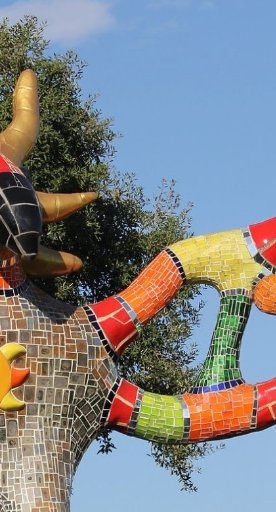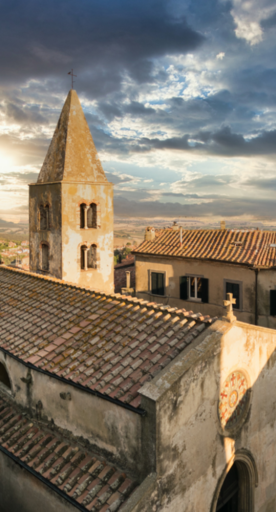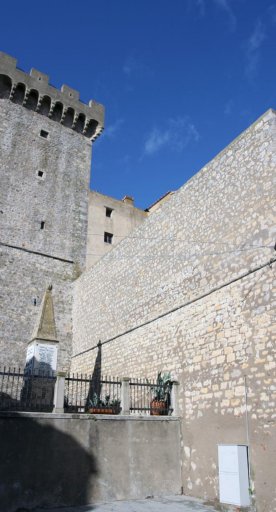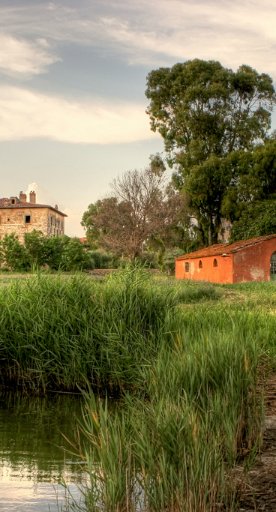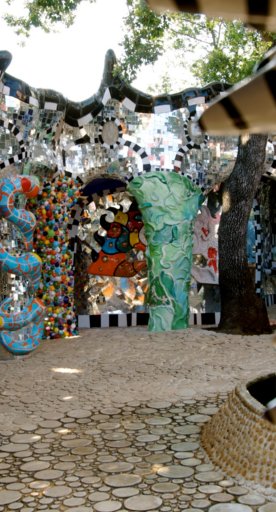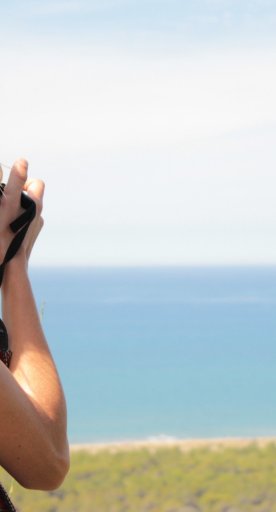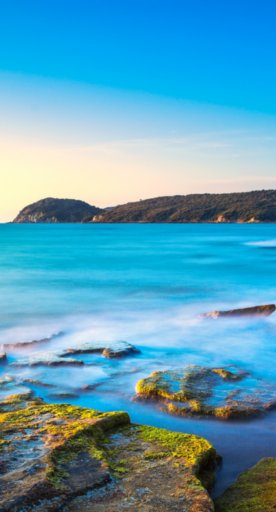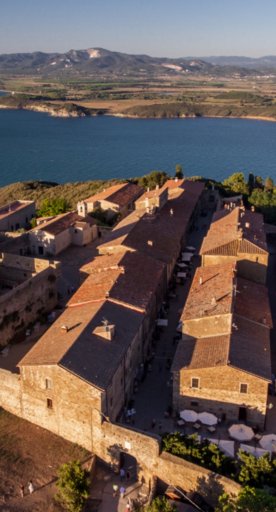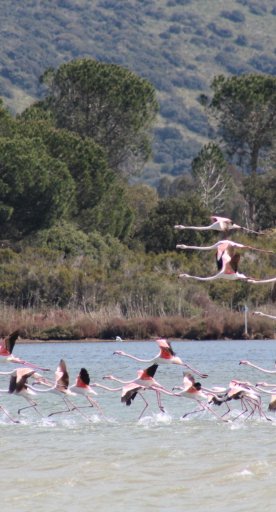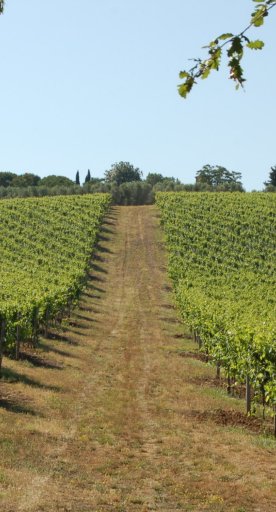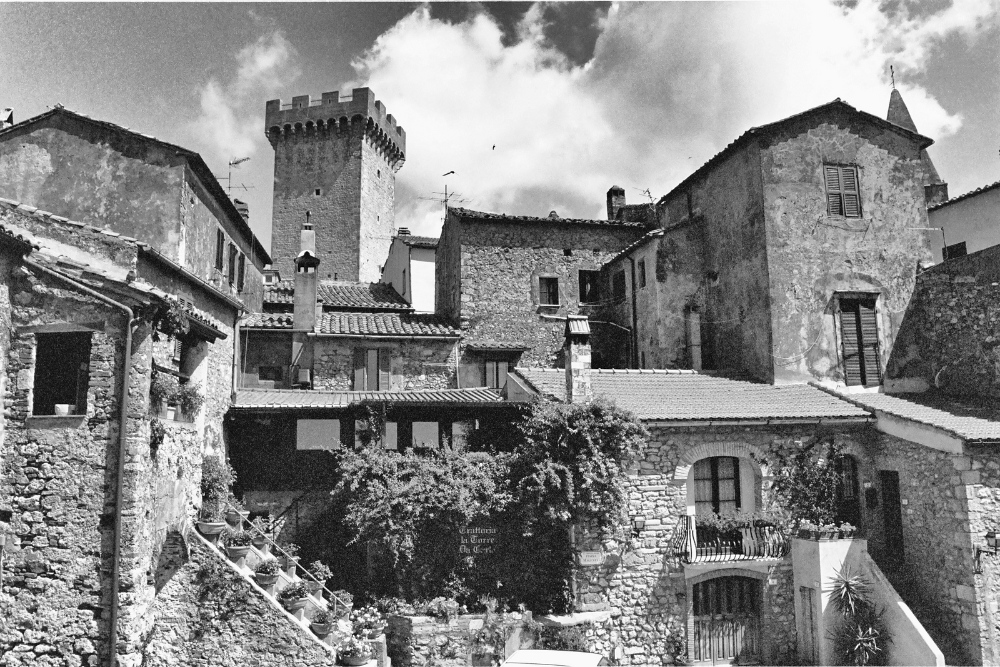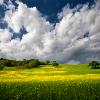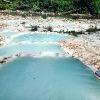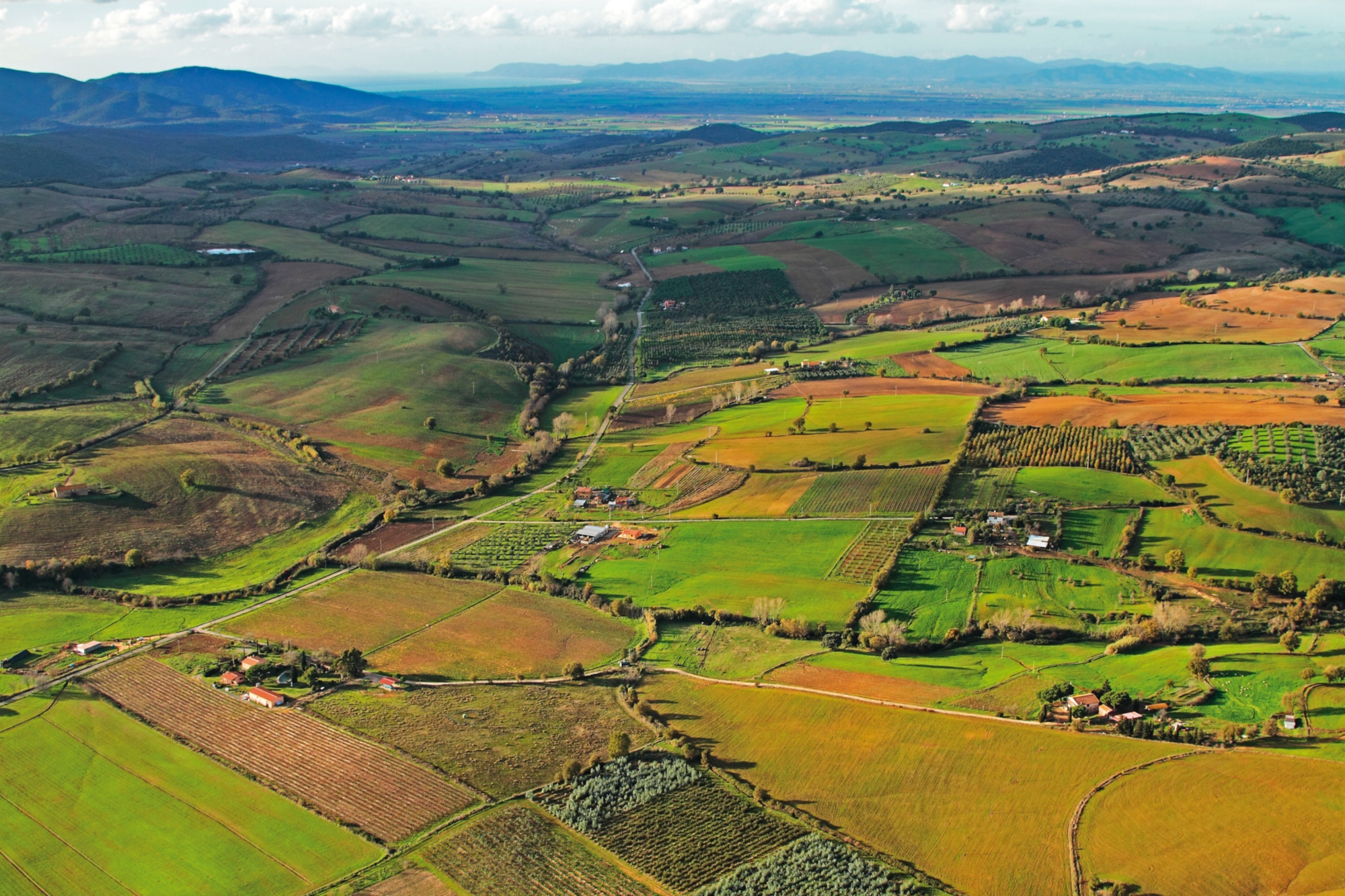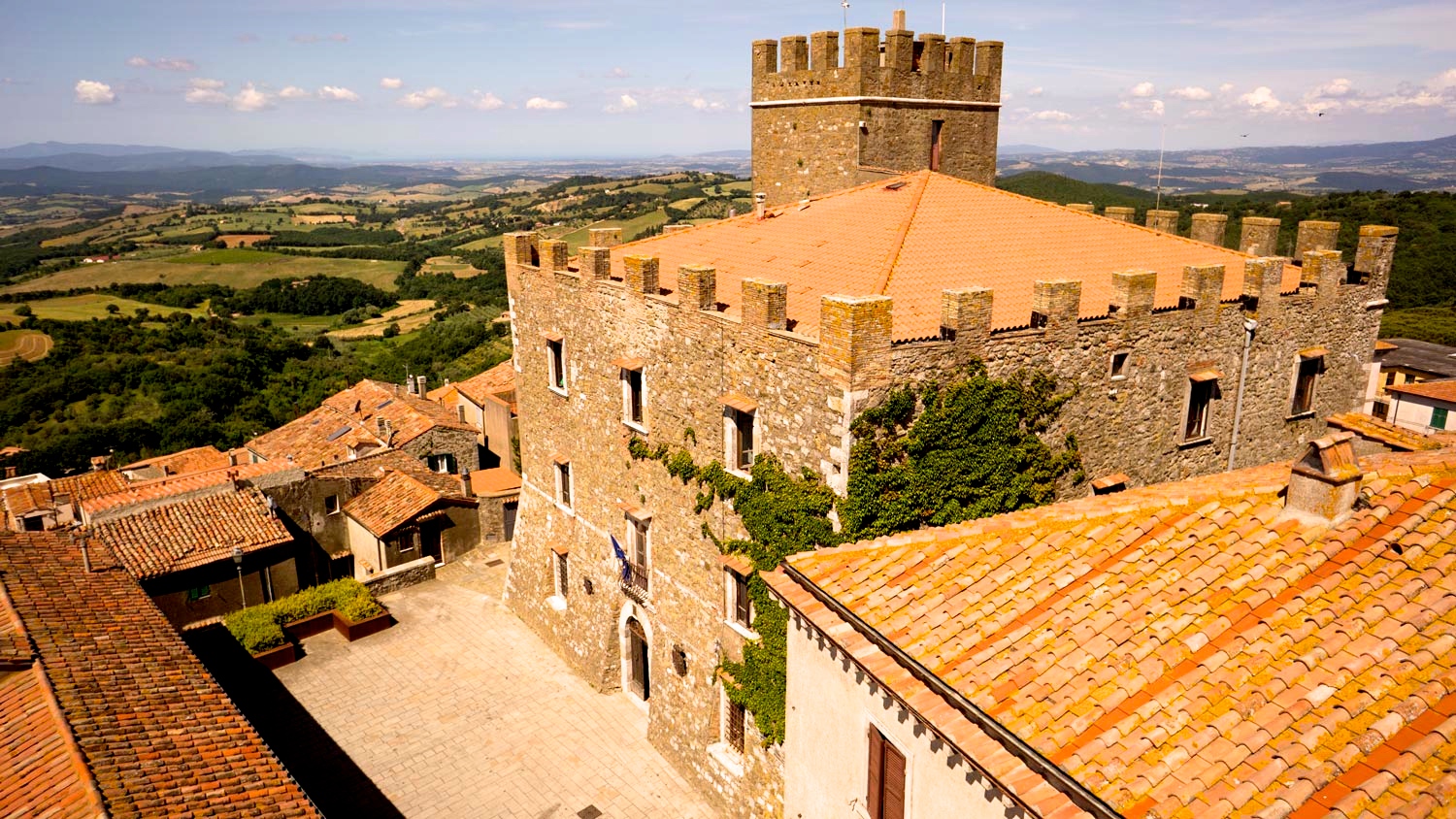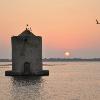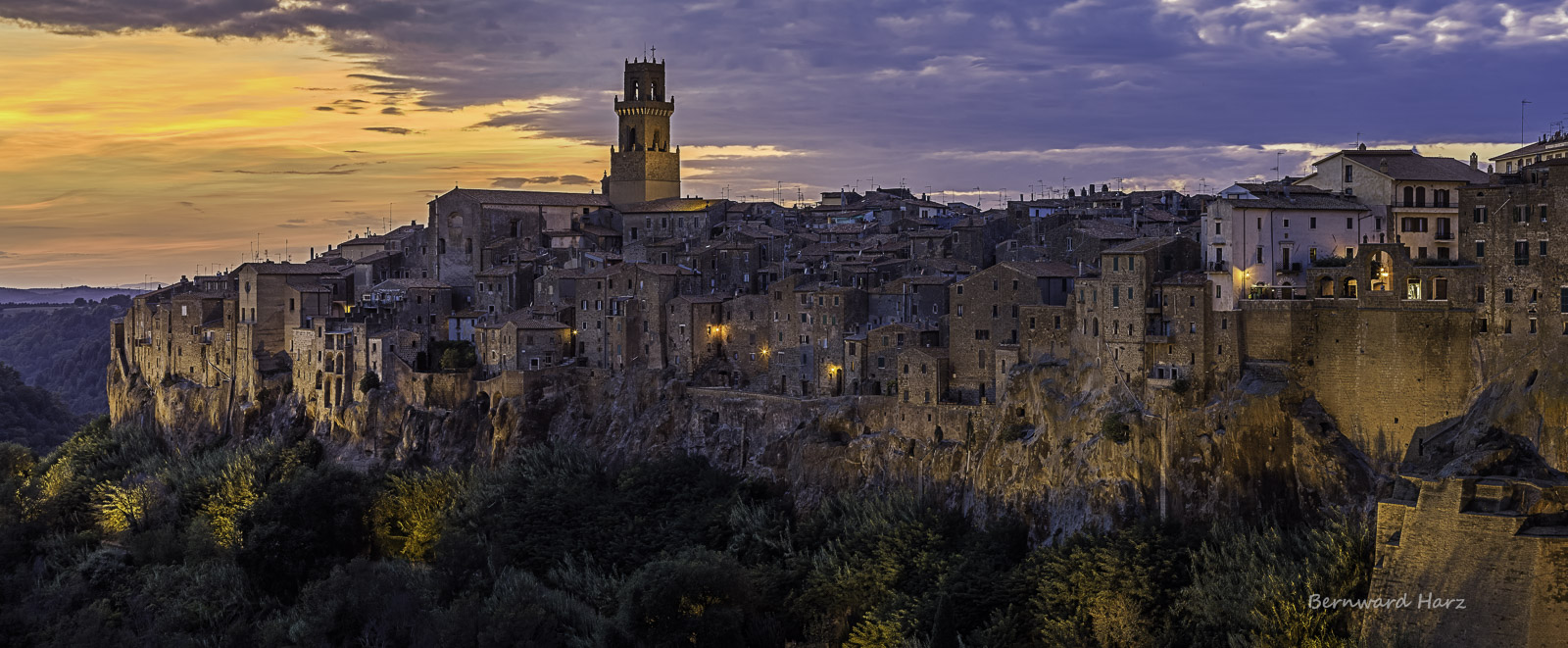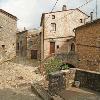Passing through Capalbio today, you discover a town that has largely adheres to its medieval plan, in spite of its fluctuating fortunes over the centuries. You can follow the circuit of walls all the way around, and enjoy a wide, wonderful panorama over the surrounding countryside. The Porta Senese still has its original fifteenth-century doors, enormous slabs of wood.
In the old town, not far from the Rocca Aldobrandesca, there is a small treasure chest: the church of San Nicola. The building was erected in the Middle Ages near the top of the hill around which the town rises and over the centuries has been enriched with decorative elements of various styles - Romanesque, Gothic and Renaissance - that make it today a fascinating and pleasant mixture of artistic expressions.
To the simple external walls, covered only with plaster, contrasts the interior, a single nave flanked by a series of side chapels, adorned with fine frescoes of the Renaissance period that tell us about the society of the time, its customs, the saints that were praised, the most prominent families.
Place in the heart of the Southern Maremma, over the years Capalbio has become an élite tourist destination, drawing the wealthy with the charming atmosphere of its little streets and the beautiful beaches below of Chiarone, Macchiatonda and la Torba. Even Giacomo Puccini, as we know from his letters to Giuseppe Della Gherardesca and Piero Antinori, loved staying here for the hunting opportunities.


